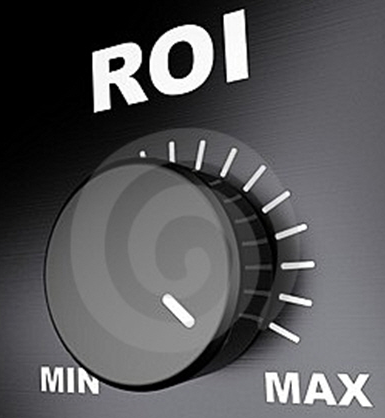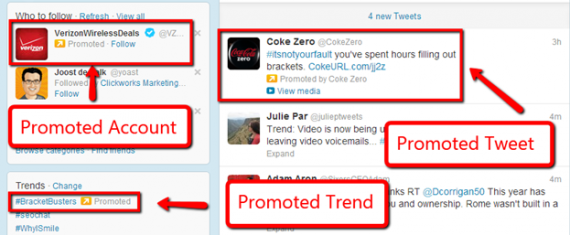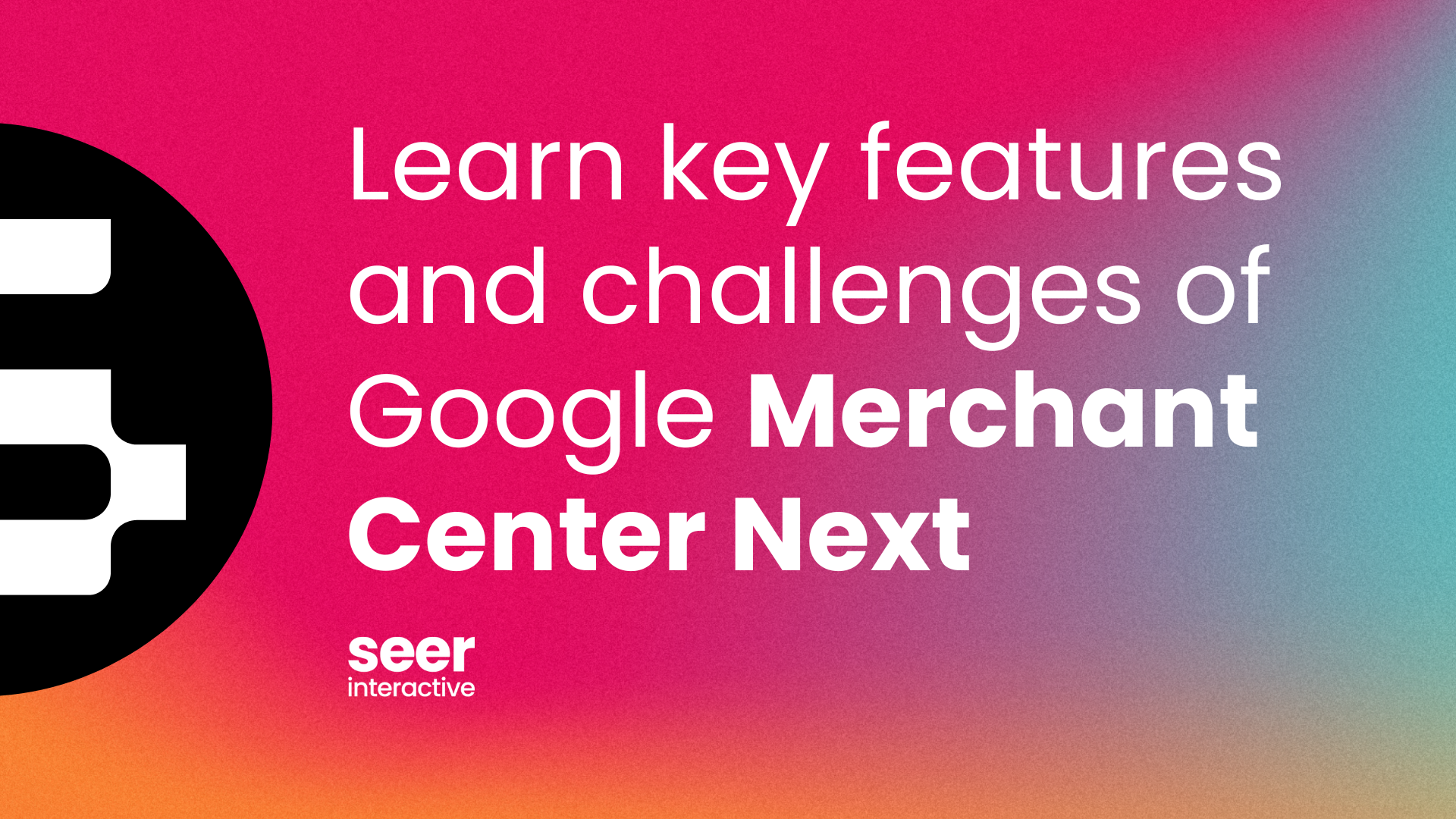Advertisers are missing out on Twitter. Due to low competition, Twitter can generate better ROI for advertisers than Google, Bing and Facebook.
The data shows that Twitter is under monetized. Twitter generates very little revenue compared to Google despite a similar number of tweets and Google searches.
| Actions Per Day | 410 million text searches per day | 400 million tweets per day |
| Maximum Number of Characters in an Ad | 130 | 140 |
| 2012 Ad Revenue | $43.7 Billion | Estimated $350 Million |
In all fairness, this data isn't perfect. Google doesn't break down its advertising revenues by source (content ads, some YouTube ad formats, etc). Part of Google's $43.7B isn't from text searches. Twitter hasn't gone public yet, so 2012 figures are estimates. Reuters and Comscore estimate Tweet and Google search volume.
Exact numbers aside, the revenue differences between Google and Twitter are huge despite similar volume (410M text search and 400M tweets per day) and similar ad sizes (130 characters for Google excluding ad extensions and 140 characters for Twitter).
Why Advertise on Twitter (Potentially Better ROI)
It's not just because marketers should go where the potential customers are. Current Twitter advertisers have a first mover advantage in this period of limited competition. One of my clients started running Twitter ads roughly a month ago. In the first 26 days, we saw drastically lower costs on Twitter.
| Costs | Similar Business Benefit | |
| $ 95 per lead | Follow up plan (email, literature, promotions) to generate sales | |
| Under $4 cost per follower | Follow up plan (additional tweets, links to literature, promotions) to generate sales |
For two actions with similar business benefits (both provide forms of contact information to follow up and nurture to a sale) $4 per lead is much better than $95 a lead. Our most cost effective brand AdWords campaigns are more than double our Twitter cost per follower. Even if we suppose that leads are much more valuable that Twitter followers, are they over 20x more valuable? While this is just one client, the better ROI is likely on Twitter, not Google.
It's not just Google that Twitter can outperform on an ROI basis. Bing Ads during the same time period ran at a $73 cost per lead (over 18 times higher than Twitter). Microsoft's online services divisions (mostly Bing Ads) reported $3B in revenue for the calendar year 2012, or about nine times more revenue than Twitter (see segmented revenue and operating income details from Microsoft here, here and here).

Twitter also had fifteen times less revenue in 2012 than Facebook had ($5.1B in 2012 revenue). A new Twitter follower, who we know we can show additional tweets, literature links, and promotions is likely more valuable than a Facebook like. Facebook made recent changes where you’re not guaranteed to see all posts from pages/friends you like. Advertisers on Twitter also bid in a much less competitive auction than Facebook (less Twitter than Facebook revenues).
Twitter followers are valuable, some would argue almost as valuable as leads on your website. There is much less advertising competition on Twitter than Google, Bing and Facebook, and thus lower costs and often better ROI. Twitter advertising can generate better ROI than Google, Bing or Facebook.
How to Advertise on Twitter
You can run three types of ad campaigns on Twitter – promoted accounts, promoted Tweets and promoted Trends. When I login to Twitter, I immediate see all three (March Madness rocks!).

Promoted Accounts
Promoted accounts (Verizon in the example above) are not Tweets. Promoted accounts are when advertisers bid to show at the top of the "Who to Follow" area on Twitter, and in some Twitter clients. Advertisers can choose who sees their promoted account by adjusting some or all the following variables.
- Interests
- Gender
- Location
- Users like their current followers
- Users who follow specific influencers
Promoted Tweets
Promoted tweets (Coke Zero in the example above) allow advertisers to bid to show selected tweets to users who might otherwise not see those tweets. Advertisers can choose who sees their promoted tweets by adjusting
- Interests
- Gender
- Location
- Users like their current followers
- Users who follow specific influencers
- Device (phones, desktop)
- Current followers
Advertisers bid and pay per engagement, which is defined as a retweet, click, reply, or new follower.
Promoted Trends
Promoted trends (#BracketBusters in the example above) currently cost $200k. They're bought for a day, for a region and function much like a display placement. The advertiser is paying to be seen and spark a conversation on Twitter about their business or a theme related to their business.
Next Steps
Twitter can generate great ROI due to the current lack of competition. We will be following up shortly with a part two post on how to choose goals for Twitter ads, select Twitter ad formats and optimize. Stay tuned.


